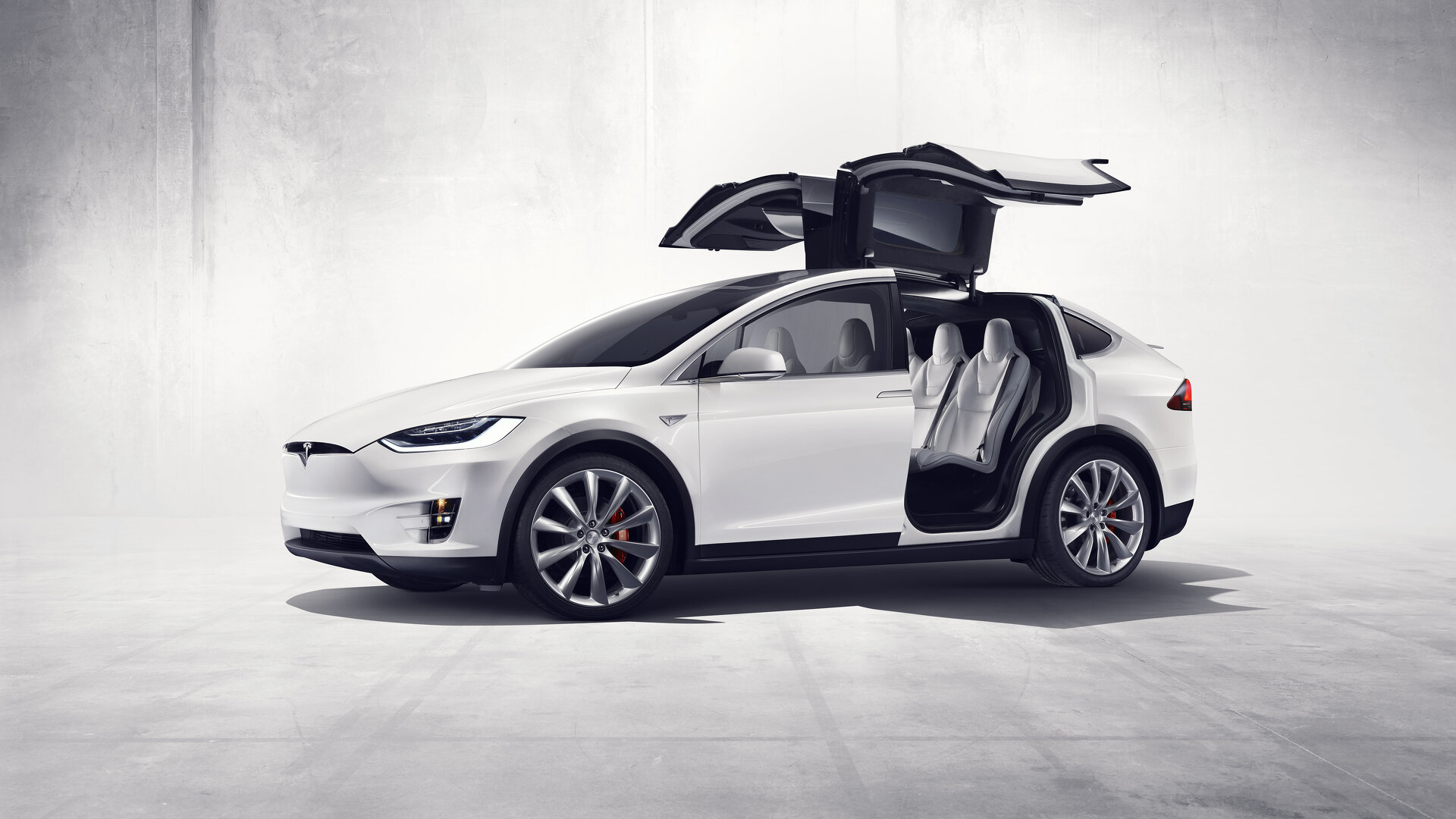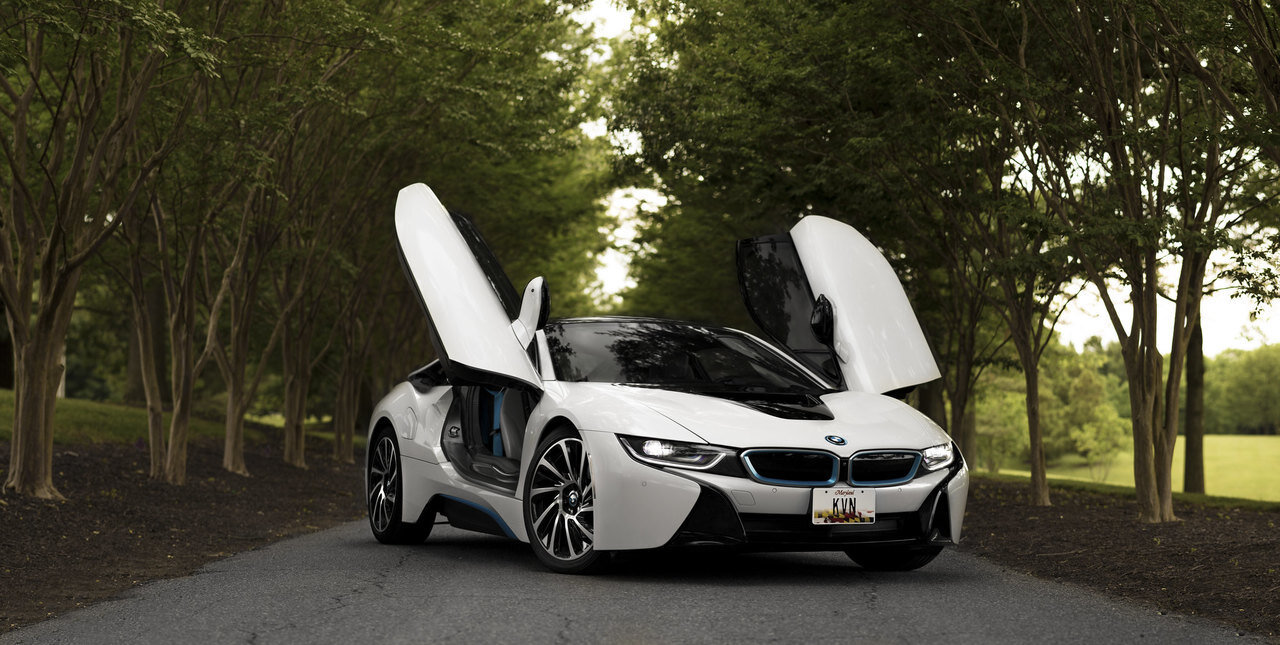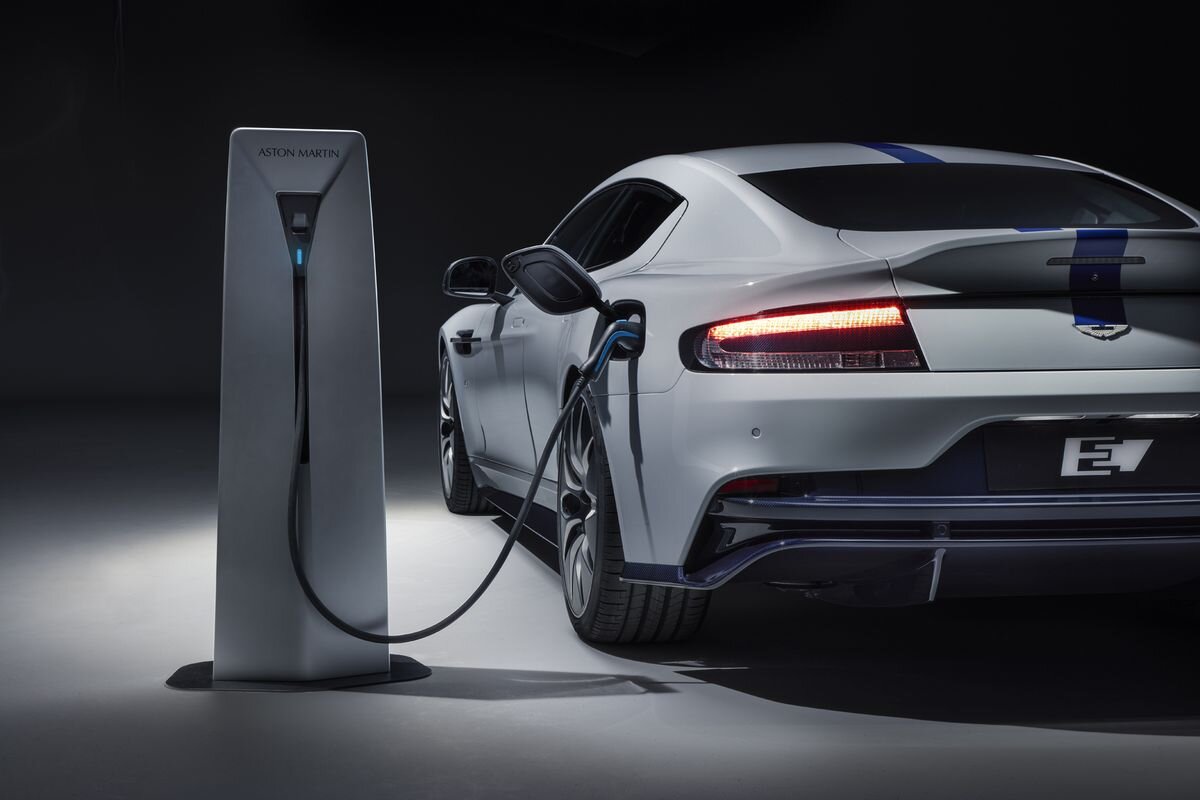The Internal Combustion Engine Is Here to Stay
The combustion engine is one of the most epochal inventions that has become an integral part of every person’s life on Earth. The first successful four-cylinder, four-stroke engine was introduced to the world in 1890 by Wilhelm Maybach and it has since then become the most common engine design to be used in conventional automobiles. The combustion engine works by burning fuel and creating an exothermic chemical reaction which results in energy. This energy is then used to spin a crankshaft causing the car to move from point A to point B. After more than a century of an uncontested marketplace, the combustion engine is starting to be rivaled by the electric motor. The electric motor has started gaining mainstream popularity with popular and astonishing cars such as the Tesla Model X, Porsche Taycan, BMW I8, and many other luxurious vehicles. The electric motor basically works by running off thousands of wired up AA batteries. The question that everyone is now asking themselves is, why would car manufacturers continue improving combustion engines? Why aren’t big-name auto manufacturers such as Honda, Toyota, or BMW not investing all of their money into researching and manufacturing electric cars? Why do combustion engines still exist when electric engines have faster acceleration, require less maintenance, and are more environmentally cleaner? Although electric engines will one day replace the typical combustion engine, there are still many practical reasons for car manufacturers to continue improving their combustion engines.
The biggest challenge currently facing electric cars is energy density, in other words, how much energy can be placed into a certain space. For example, one gallon of gasoline would have the equivalent of 33.7 kilowatts per hour of energy in it. To put that into perspective, that one gallon of gasoline has more energy capacity than that of the entire battery pack of the first-generation Nissan Leaf electric car. By volume, gasoline has thirteen times more energy density than the best lithium-ion battery in 2019. Morden battery packs for cars such as Tesla are made up of thousands of individual energy cells. These energy cells aren’t space-efficient at all. When taking into consideration all additional cell connections, cooling mechanics, wiring, and structure needed in order to operate these types of vehicles, they end up being very heavy. The Tesla Model S’ 85 kWh battery pack alone weighs twelve hundred pounds and has about the same energy potential as 2.5 gallons of conventional gasoline. Gasoline has a huge advantage over battery packs when it comes to weight. This fact alone makes it inefficient to run airplanes, boats, semi-trucks and other large-scale logistical items off only lithium-ion battery packs as their travel distance and payload would be greatly limited than that of combustion engines. This means that until science can figure out a new energy storage solution, gasoline and combustion engines will continue to run the world around.
Another challenge facing manufacturers is the profitability of electric engines. Electric cars are initially more expensive and unless you are financially well-off or have a great credit score, you are less likely to pick up a brand new Tesla. This leads people to not buying electric cars which leads to manufacturers not producing electric cars which ultimately leads to prices of electric cars staying constant. Speaking from a manufacturer's standpoint, the average long-range propulsion-system for electric car costs today on average costs sixteen thousand dollars. Whereas the average combustion engine only costs six thousand dollars. To car manufacturers, electric engines just aren’t as profitable and in a capitalistic world, whether for the better or worse, manufacturers are going to follow what makes them more money.
It is estimated that there’s going to be roughly about two billion internal car combustion engines on the road by 2035. So it is important that car manufacturers spend most of their profits on researching new mechanical processes and designs in order to achieve maximum environmental benefits. After all, two billion inefficient combustion engines can seriously increase the already-present global warming problem.
Lastly, it all comes down to consumer choice. People are lazy and the average person still wants a combustion engine because of its convenience. People who might live in apartments or who street-park their cars, simply won’t have access to charge their electric vehicles. People might buy gasoline cars because they know they could road trip anywhere and everywhere. In my opinion, until the electric charging infrastructure improves, people will continue to drive their convenient combustion engines.
In my opinion, I think that electric cars are one of the coolest pieces of tech out there and with the more electric cars hitting the showroom and with more additional governmental policies being created, I am very excited to see the complete obsoletion of the combustion engine within my lifetime. However, there are still many good reasons why combustion engines still exist and why they should continue to be improved. Combustion engines are cheaper, are more mainstream, and are more efficient in the logistical field. Until science fixes the problem of limited energy density in lithium-ion batteries and car manufacturers invent new designs that make the electric engine more economical, electric motors won’t be able to compete with the mechanical giant called the combustion engine.




